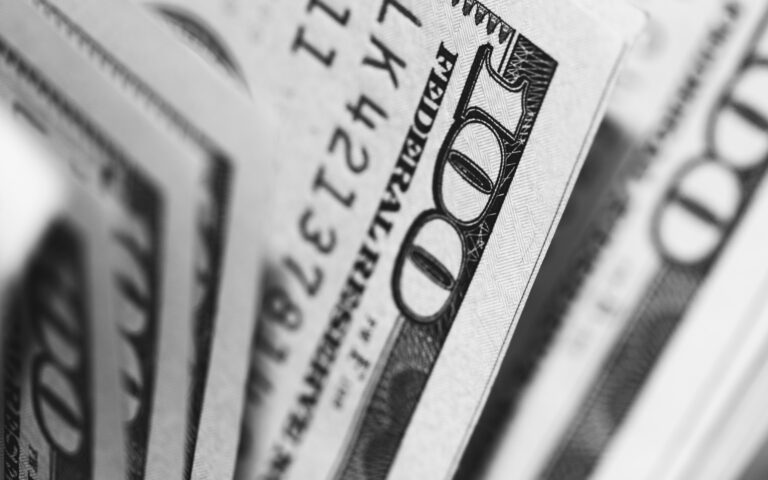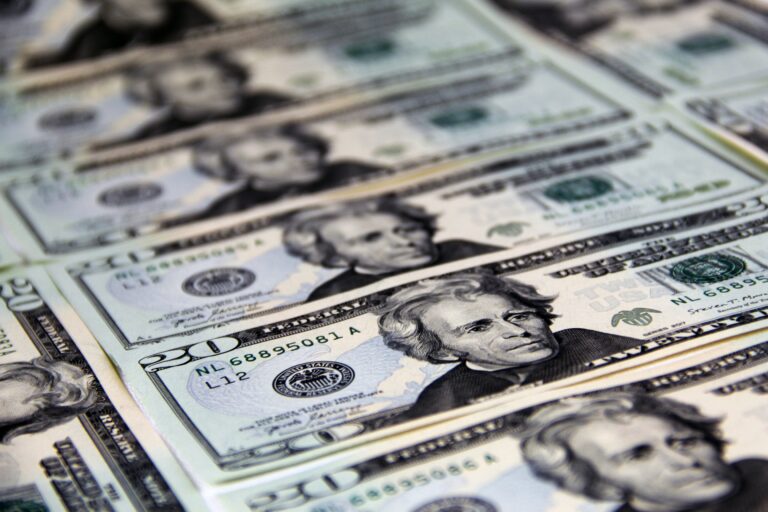
Australia Rate Decision
Discussion and Analysis by Charles Porter:
“ Conditions in the global economy are continuing to improve”, although, the degree to which the domestic Australian economy is feeling any of this improvement is less certain.
A reserved statement introducing the Monetary Policy Decision was released by Philip Lowe, Governor of the Reserve Bank of Australia. Lowe’s statement opened with a similarly succinct and optimistic tone to that of the European Central Bank president, Mario Draghi; the global economy is becoming more and more healthy. However, Australia’s own flourishing performance was not claimed. At least some of the blame for the insulation of the Australian economy from a global economic recovery was blamed upon the strength of the Australian Dollar.
The Reserve Bank locate the cause of the Australian Dollar’s strength alongside the weakness of the United States Dollar, attested to in numerous articles. A strong currency has an inflation-inhibiting effect and is also cited as a likely future cause of lower than anticipated economic output. Inflation will be “subdued” because the Australian dollar generates stronger claims upon other currencies, namely the US dollar, thereby reducing the perceived cost of all imported components of consumer and producer spending. Given a normal elasticity of imports, this means that the value of imported products should increase.
Total exports are likely to face a headwind due to the converse effect of reducing the competitiveness of AUD-based exports by making them appear more expensive. The combined effect upon net exports is therefore likely to be negative. Net exports are a crucial component of economic output, especially within the Australian economy. Therefore, Australian Dollar currency pairs should be watched closely, especially whilst Governor Philip Lowe speaks later this morning.
The Australian dollar strengthened considerably around 02:30 BST following stronger than previous Net Export expectations. The release coincided with a considerable deterioration of the Current Account Balance. However, the net effect upon the Australian Currency was a strengthening of approximately 0.40%. The is likely due to an anticipation of the effect that Q2 net exports will have upon tomorrow’s release of Australian Q2 Gross Domestic Product.
The exchanged rate showed considerable volatility surrounding the interest rate decision. However, given that the rate remained unchanged, in line with our expectations, the currency unsurprisingly continued to trade at approximately the same rate, before and after the announcement. The consumer confidence report was at odds with the purchasing managers index released in the early hours of this morning. Discerning a true impression from the Australian economy is therefore challenging and tomorrow’s Q2 year on year GDP growth estimation is likely to clarify the image considerably.
Related Insights

Daily Brief – Weren’t Tariffs USD Negative?
Weren’t Tariffs USD Negative? The Dollar proved sensitive to headlines regarding trade during the US overnight session. However, contrary to what many commentaries would have you believe, as the risk of tariffs escalated the Dollar rose. The 90-day pause following Trump’s April ‘liberation day’ tariffs had been set to expire this coming Wednesday. To the […]

Daily Brief – Dollar Reserves
Dollar Reserves With the passing of Trump’s original deadline for the reimposition of liberation day tariffs yesterday, markets have breathed a sigh of relief. July VIX futures continued to slide lower. Moreover, what may surprise anyone who had been expecting the issue of tariffs to resurface following the passing of Trump’s new deadline, so too […]

Daily Brief – Big Girls Don’t Cry
Big Girls Don’t Cry A bond market tantrum and one of the sharpest one day sell offs in Sterling for several years appear to have been catalysed by the Chancellor’s appearance in PMQs yesterday. First: the back story. This Labour government has faced some embarrassment in recent weeks trying to get its welfare bill through […]


 Charles Porter
Charles Porter